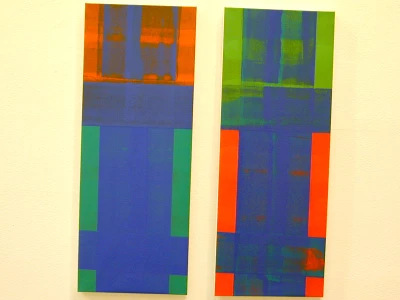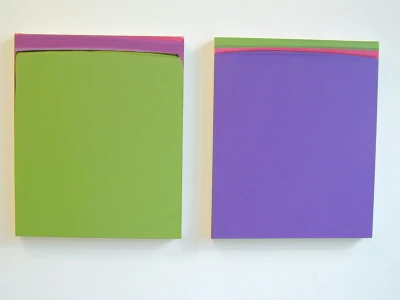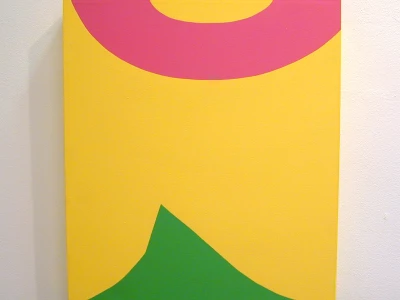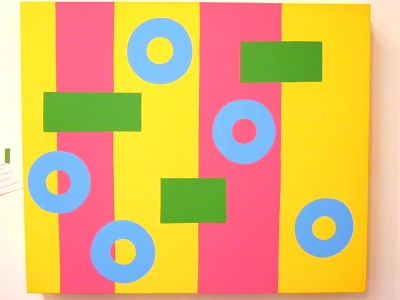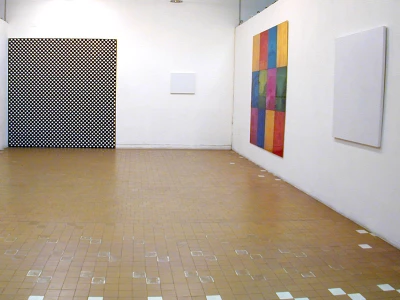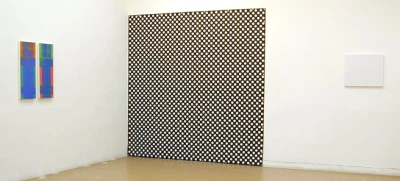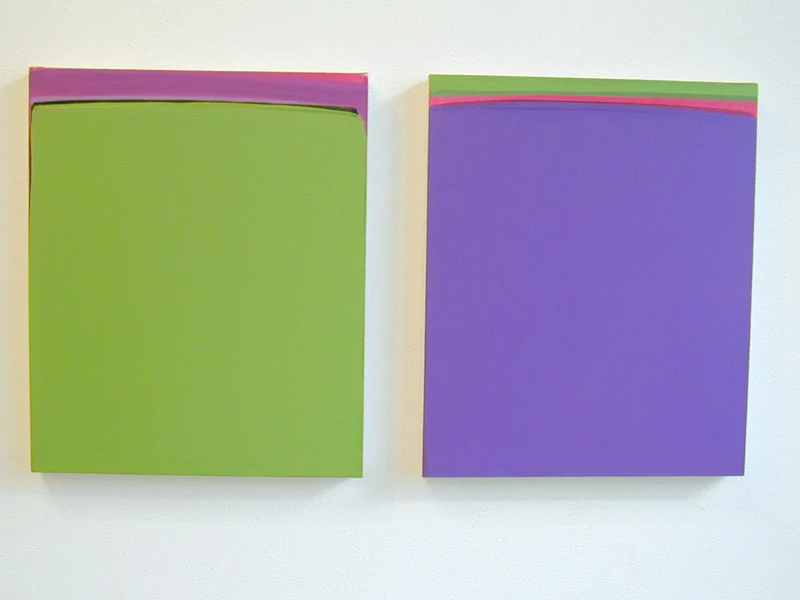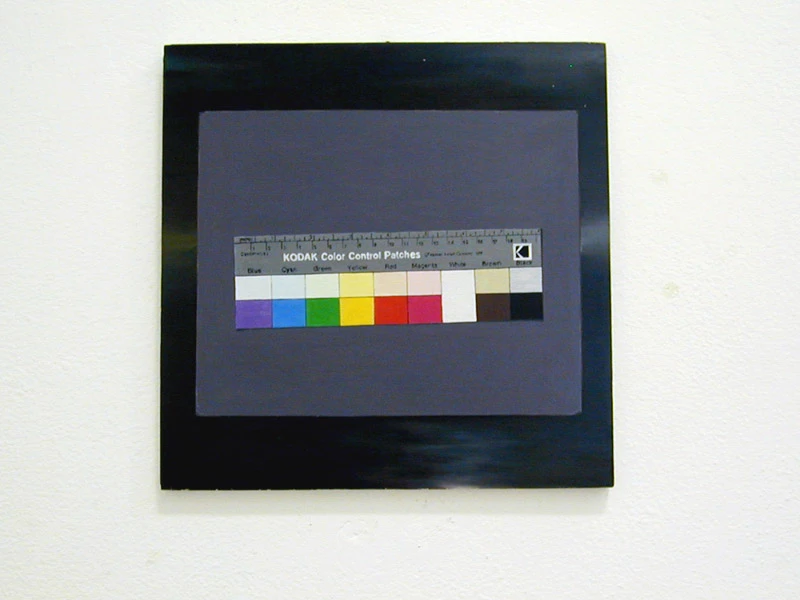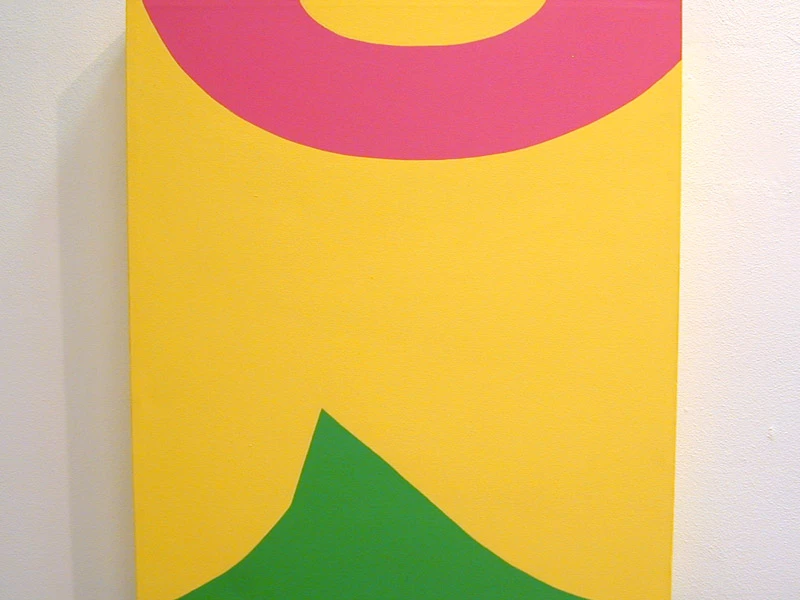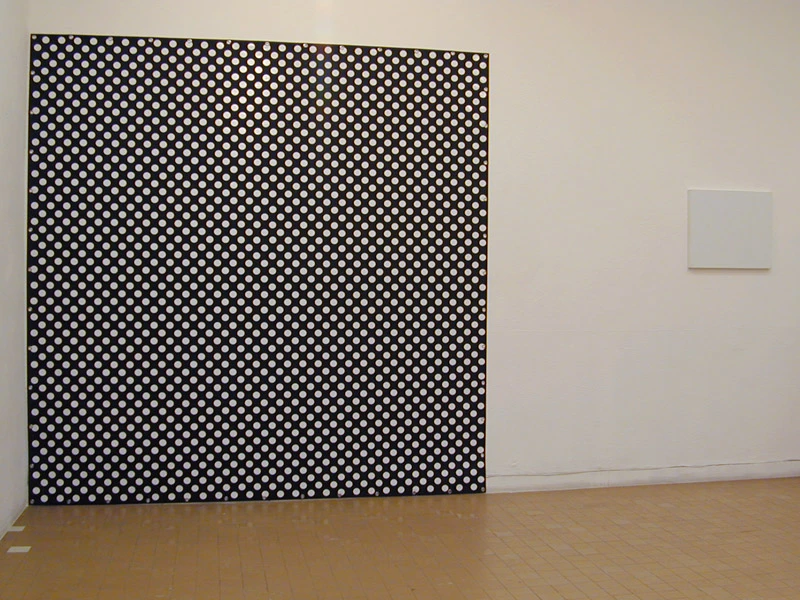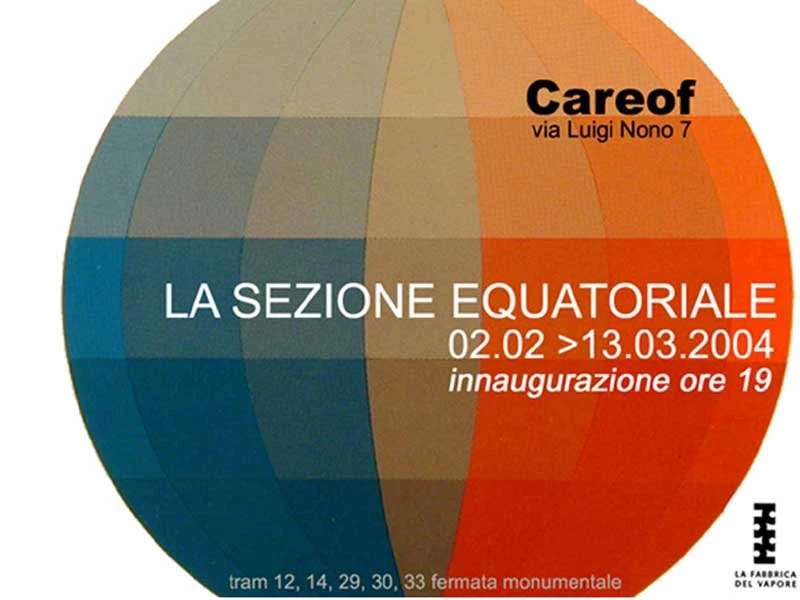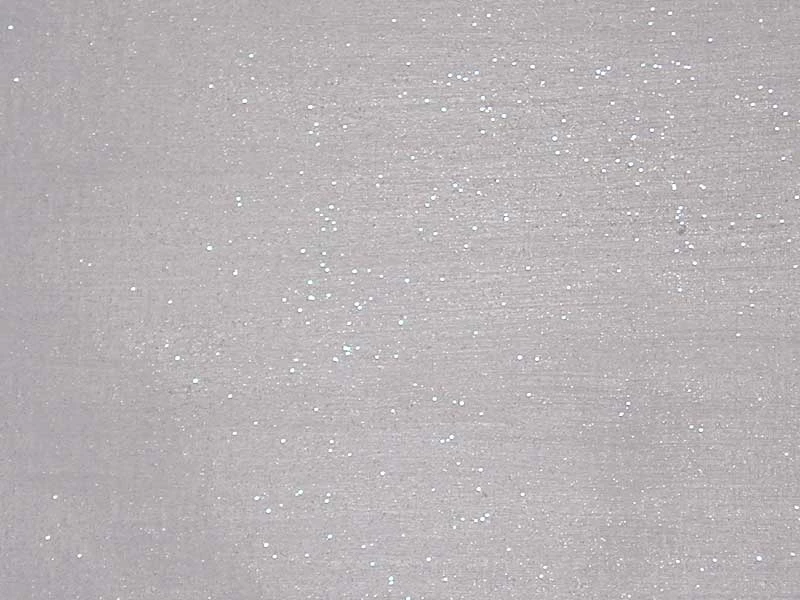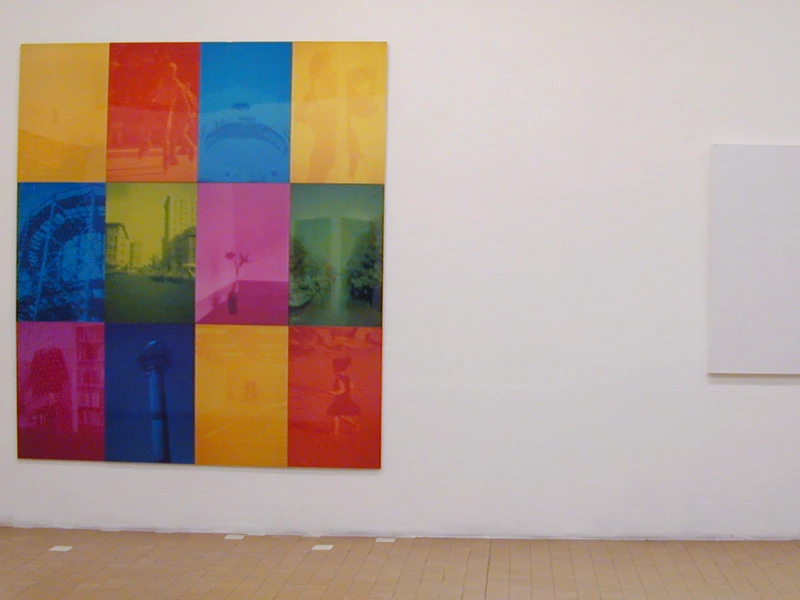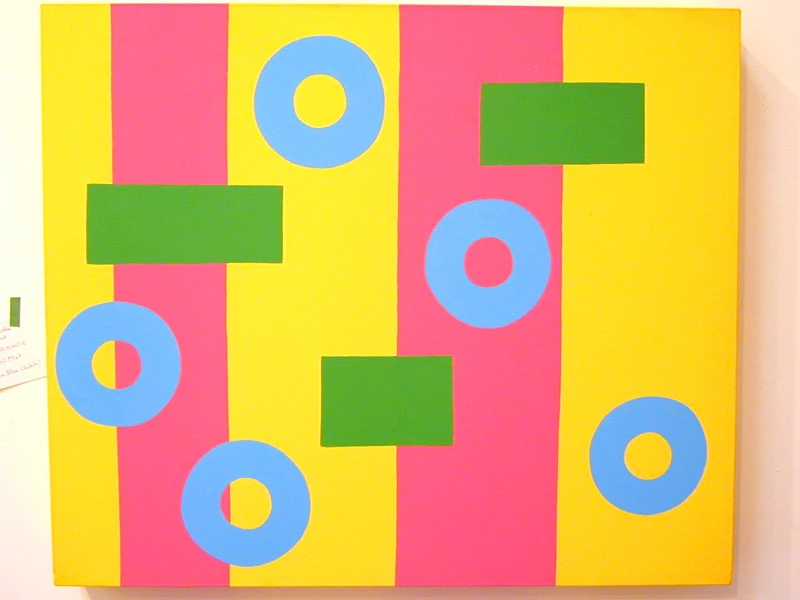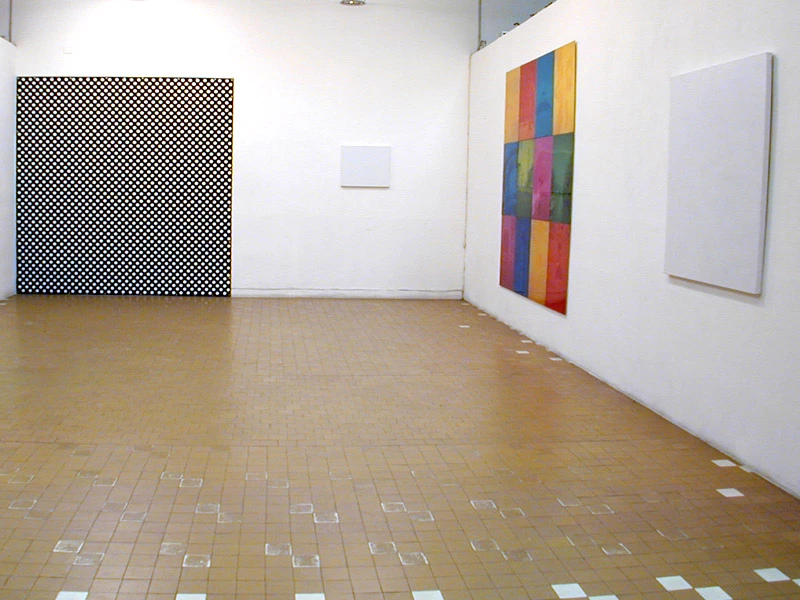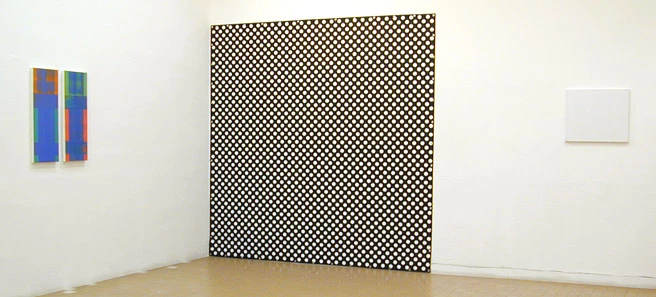La sezione equatoriale
FROM AN IDEA BY
Elisa Vladilo and Luca Scarabelli
WITH THE PARTICIPATION OF
Antonio Catelani, Stephan Heinrich Ebner, Barbara Fassler, Maria Morganti, Luca Pancrazzi, Luca Scarabelli, Paolo Toffolutti and Elisa Vladilo.
From 02.02.2004 to 13.03.2004
Factual: tone, brightness and saturation are the variable attributes of color. The German painter, Philipp Otto Rünge, in his studies on color (1861), devised a three-dimensional model (a sphere, an abstract space), in which he presents the world of colors divided into segments (in reality they should be infinite colored points, blended into one another). Color varies along each parallel of the sphere, with the pure hues located along the equatorial band, brightness varies along the meridians, at its maximum at the upper pole (white) and minimum at the lower pole (black), while saturation decreases as one moves toward the center of the sphere. In the equatorial section, pure color fades toward the central grey, an intermediate value between white and black.
Whisper about the center: grey is neutral, neither subject nor object, the grey we are interested in is neutral as only a neutral grey can be (a no man’s land of color-life). A balanced grey, but also free from any stimulus or psychological tendency, without tension or relaxation. Apparently uninvolved, yet in any case revealing of attitudes (as Max Luscher teaches us with his test). A grey that is not just annulment or mystical blend of opposites, but a place of possible realization: grey as a revelation of the chromaticity of color, intrinsically fertile and “willing” to speak of the other as of itself. A simple grey, but with something more, for the eye that knows how to see it (thinking eye), a truly grey grey.
Intent and rhetorical gap: The (updated) equatorial section and the interactions between the various (infinite point) colored segments become the metaphor for art that fades into life and vice versa. An almost oenological and culinary poetics that strives to carefully measure the ideal dosage of ingredients. In the colored sphere there is the memory of history, there is the limit-experience of color, there is its taxonomic classification and chromatic syntax. There is the memory of those who distrust the positivist matrix that denies the value of the senses, but also its opposite; there is the objective attitude tinged with the mutability of the subject and a third way that positively unites contradictions.
The invitation, then, is to direct the gaze to the very being of the manifestation of color, to its sensitivity and totalizing, active presence, a color organic to its own physicality that insists on the close relationship between form and meaning. A color that takes form by the hand and guides it. The medium of color thus becomes a privileged vehicle for exploring the everyday (infinite points of view), a lens, a tuner calibrated to the environment for research that ranges between evocative values, intransitive assertions, and analogical potential, where color is a reality in itself, form, primary effect, “miraculous” light, layering of making.
Just like our composed grey, color is predisposed to be present and to speak of the other than itself, without the burden of heavy sociologies, didactic narratives, nor manipulated and illusory representations. Color participates with its properties in the definition of the nature of things, of surfaces and space primarily as experience and as colored color.
Question: can there be truth in this grey?
Antithesis: “it’s not art that imitates life, it’s life that imitates bad television” W. Allen
